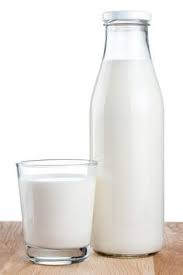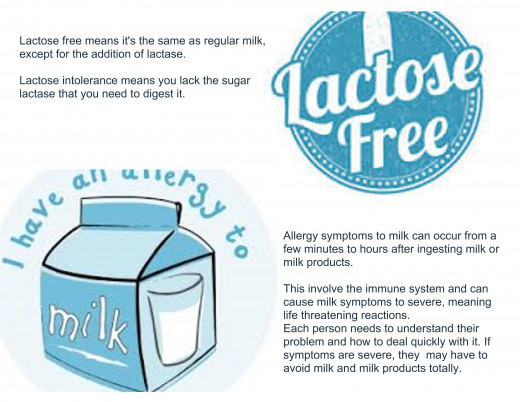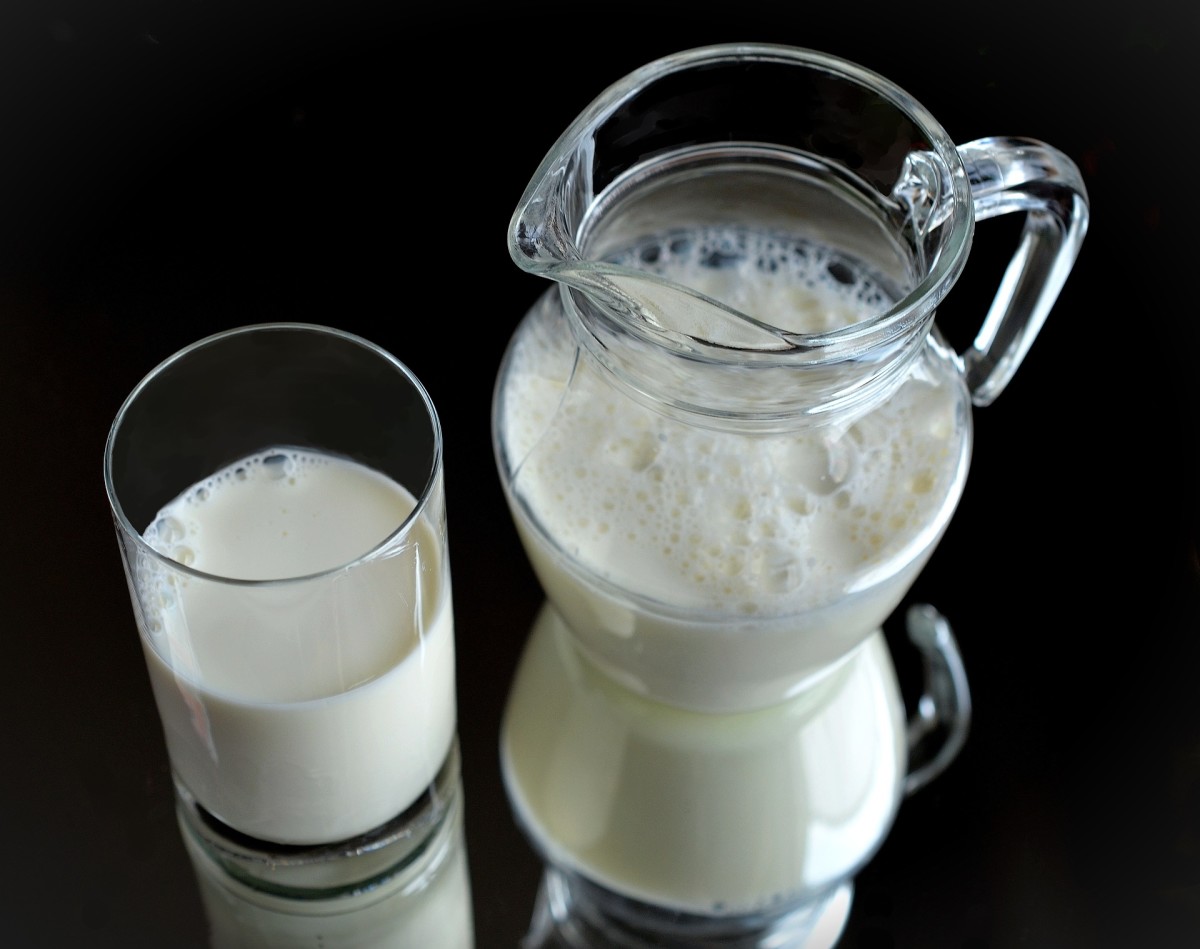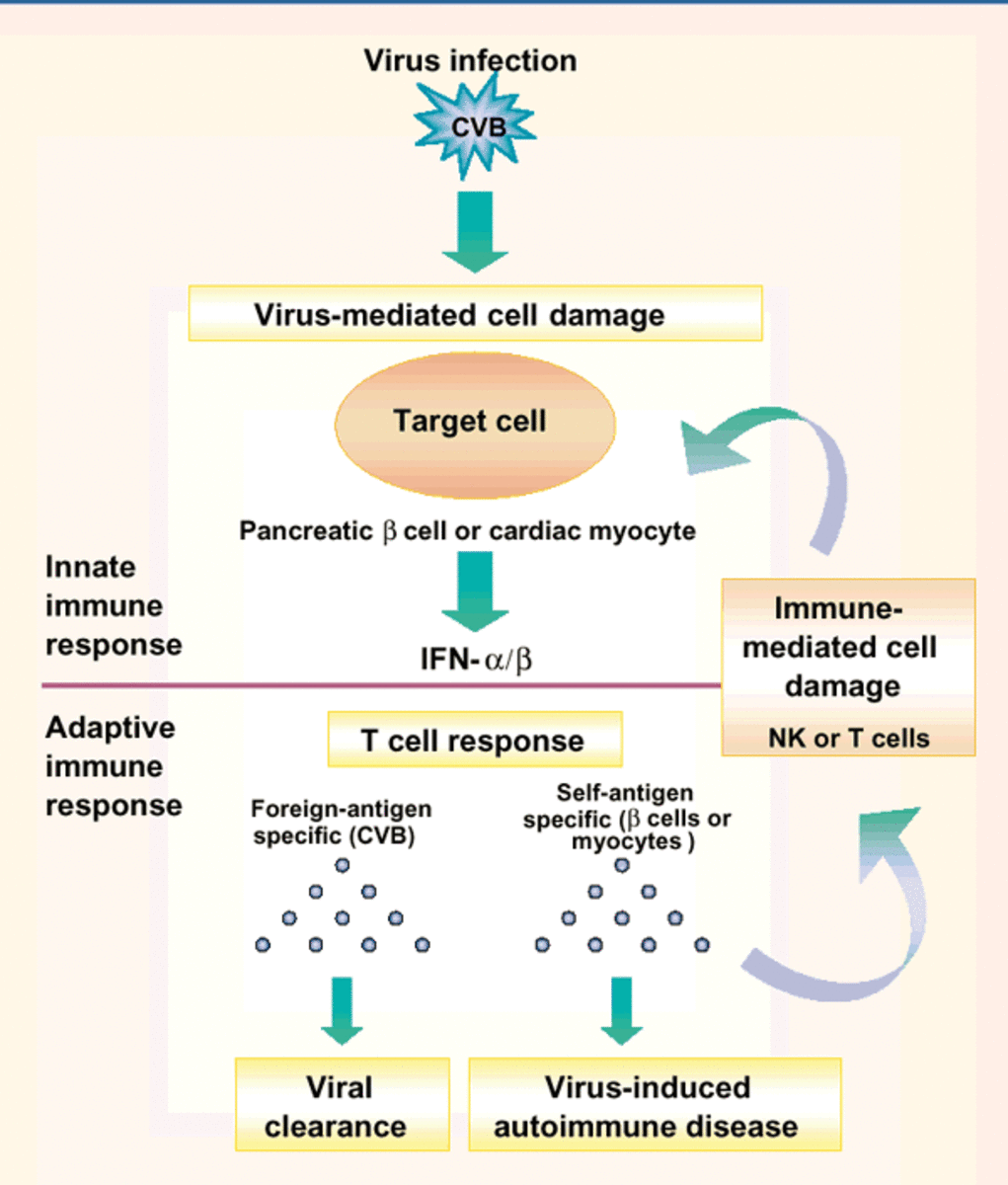Milk Allergy vs. Milk Intolerance

Allergy vs.Intolerance
These two are not related.They aren’t even close.
One - 'allergy' is an immunity problem and the other-
'Intolerance' is digestive problem.
Probably the reason most people confuse the two is because some of the symptoms are similar, but they are definitely different, allergy’s can be serious and intolerance is not.
Milk allergy
is an abnormal response by the body’s immune system that milk is a dangerous invader to our system and this reaction can be
life threatening.
People who are lactose intolerant are missing the enzyme lactase, which breaks down lactose, a sugar found in milk and dairy products and not dangerous.
Milk allergy affects your immune system, which sees a foreign invader and attacks it by releasing chemicals called histamines, this can cause mild to extreme severe reactions.
Milk intolerance affects your digestive tract; you can’t digest lactose – the sugar found in milk products.

Digestive Problems
Milk intolerance, unlike food allergies, does not involve the immune system.
It is a non-allergic food sensitivity and are ‘unable’ to digest the enzyme lactase in milk products.
This enzyme lactase is required to digest the sugar in milk.
The lack of this small intestinal enzyme leads to symptoms such as nausea, abdominal bloating or a feeling of fullness of swelling in the abdomen, diarrhea, cramps, or abdominal gas and digestive problems.
While lactose intolerance can cause great discomfort, it is not life threatening.
Lactose intolerance is considered a normal state for adults and is not considered to be a disease.
People with lactose intolerance can eat or drink some amount of lactose without digestive symptoms. Each person may vary in the amount they can tolerate, before feeling discomfort.

Intolerance or Allergy
Because of the misunderstanding between milk intolerance and allergy, people with allergies get frustrated when they tell people they are allergic to milk and milk products.
Allergy people are advised with the comment “Why don’t you take those lactose pills?” This is usually said in good faith, trying to be helpful, but totally misinformed.
The problem is those pills address digestive problems not allergy problems.
Allergy Reaction
My son had a reaction to milk as soon as he was put on the bottle. He broke out with a rash all over his body, diarrhea and stomach distress.
Fortunately, I had a doctor that was allergic to milk and knew immediately what was wrong with my son. He prescribed to take him off all milk products and put him on cool aide.
I was flabbergasted he would suggest this. So, I asked him “How do you make it?”
He looked at me and asked; “You don’t know how to make cool aide?”
Looking at him puzzled I replied, “Yes”.
He stated “Well……”
Concerned with my son’s diet, I asked the doctor, “what about vitamins?”
He answered, “He gets all the vitamins he needs through what he eats. He doesn’t need any extra supplements.”
So, my son grew with colorful baby bottles; yellow, orange, red, purple and green!
You would not believe the comments I received throughout those years.
He grew up a healthy boy, but is still allergic to milk products and has learned his limits. As soon as he feels the water blisters on his hands he stops eating milk products for several days, life goes on.

Milk Proteins
The two milk proteins, called casein and two proteins found in whey; alpha-lactalbumin and beta lactalbumin, are what causes the reactions.
Casein (pronounced kay-seenz, is the curd or solid part of milk) makes up of 80 percent of milk protein.
Whey (pronounced way, the watery part) proteins, found in the liquid make up the other 20 percent.
Where do you find these? Casein can also be found in canned tuna, sausage, meats and other nondairy products.
Beverages mixes, bodybuilding and energy drinks usually contain whey. Milk protein has also been found in some chewing gum.
A blood test, known as a component test, can help determine the reaction for these specific proteins.

Immunity Problem
Allergy symptoms can occur in a few minutes to several hours after ingesting milk or milk products. These symptoms are gastrointestinal, dermatological or respiratory in nature.
Milk allergy is like most food allergy reactions; it can happen within minutes to several hours after ingesting the food or milk products.
Your immune system normally fights infection, and by the way our immune system is a very efficient system and will go into fight mode and high gear as soon as it senses there are harmful invaders that are to be destroyed.
When you have an allergy reaction to a particular food your immune system overreacts to those proteins in that food. This reaction can be unpredictable, anywhere from delayed and mild to fast and severe.

Milk Allergy Reactions
It can be mild to moderate (skin rashes, eczema, hives, itching, stomach upset, bloating, swelling, vomiting, runny nose, swollen and watery eyes, swelling in the mouth or throat, colic in babies, red spots and white water bubbles extremely itchy and can turn into eczema).
Severe trouble breathing, coughing or wheezing, loss of consciousness, digestive problems, loose stools or diarrhea with or without blood, abdominal cramps, facial flushing and even anaphylaxis – a severe, life-threatening reaction, dizziness and fainting which causes the airways to narrow and block breathing, and can cause shock and a drop in blood pressure.
Remember a food allergy can be potentially fatal and an emergency trip to the hospital.
A severe reaction to milk is not a common reaction, but if you see any kind of reaction contact your doctor. If it is severe go to the hospital emergency, do not take a chance.
The hospital probably will inject epinephrine (adrenaline), which is the only treatment for anaphylactic shock. If your child is prone to this always notify, teachers, babysitters, or other caregivers so they can react fast.
If you think your infant or child might have an allergy reaction, always check immediately with your doctor, so you can avoid future and potential reactions.

Substitutions
You can easily substitute milk with water, juice, soy or rice milk, make sure they are not also allergic to soy or rice milk.
If your infant is allergic to milk ‘do not give them any milk products’. Get the recommended formula-fed non-milk dairy kind. The federal ‘Food Allergen Labeling and Consumer Protection Act’ (FALCPA) requires that all packaged food products sold in the U.S. that contain milk as an ingredient must list the word “Milk” on the label.
Always check the label for milk or milk products before giving anything to your infant.
Allergy Tests
To determine what is causing the allergy reaction doctors will test for milk allergies by skin-prick test or an oral food test. Because of reactions all tests will be conducted under medical supervision.
The skin-prick test is usually done on the arm or back under strict conditions, to see what is causing your allergy reaction.
The oral food test is given by mouth in the doctor’s office, again under controlled conditions.
A small sample is given to see if there is an allergy reaction and how severe.
Common Allergies
Milk allergy is one of the most common food allergies in children and can cause an adverse immune reaction to a certain protein in milk.
Allergy to cow’s milk is the most common food allergy in infants (2.5 percent) and young children, but milk from sheep, goats, buffalo or other mammals also can cause a reaction, because they are very similar.
Usually infants develop this in their first year of life, be on the lookout until your child is 3.
Most outgrow this milk allergy by the time they are 16.
If they don’t outgrow this by this time, they will have to watch their milk products intake for the rest of their life.
Allergy vs. Intolerance
Did this article help you understand the difference between Milk Allergies and Milk Intolerance?
Summing Up
The misconception that a milk allergy is the same as milk intolerance is not going to go away. For those people who have an allergy will always have to continue to explain the difference between these two.







